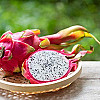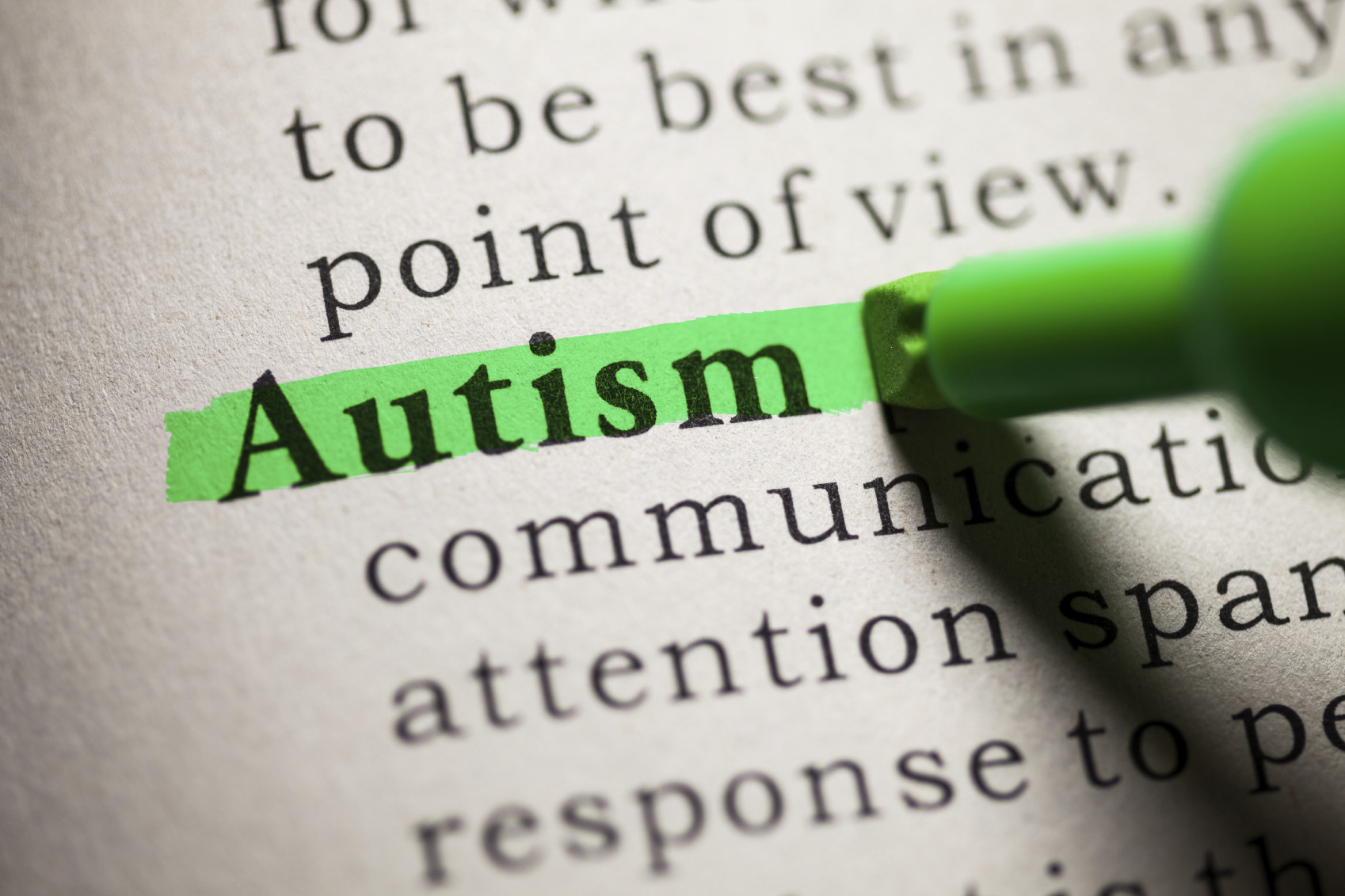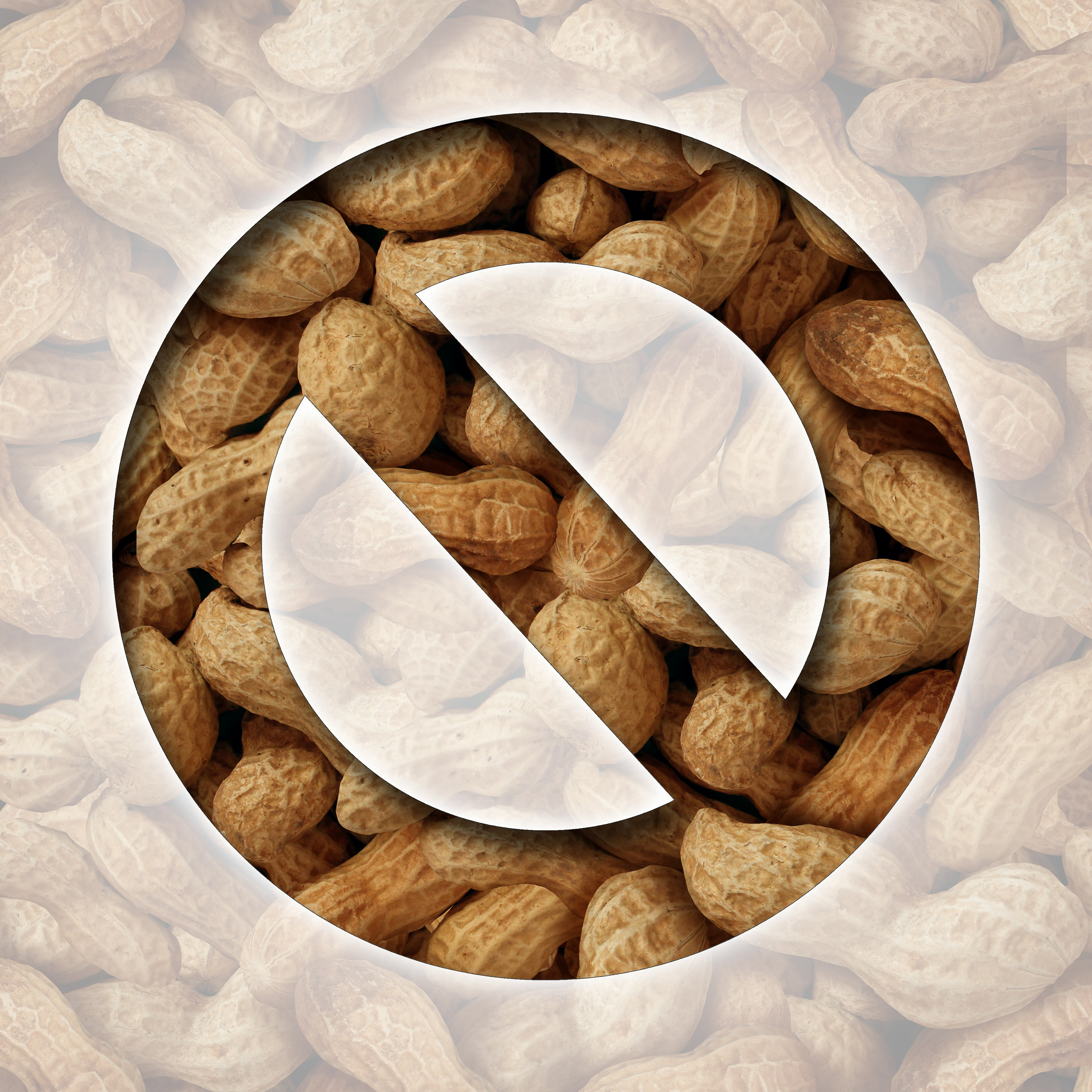
Can white noise really help you sleep better?

Celiac disease: Exploring four myths

What is prostatitis and how is it treated?

What is Cushing syndrome?

Exercises to relieve joint pain

Think your child has ADHD? What your pediatrician can do

Foam roller: Could you benefit from this massage tool?

Stepping up activity if winter slowed you down

Common causes of cloudy urine

Dragon fruit: How to enjoy this antioxidant-rich fruit
Child & Teen Health Archive
Articles
Beyond the 2-hour screen rule: 10 tips for parenting in the digital age
You may have heard of the “2-hour rule,” a guideline from the American Academy of Pediatrics (AAP) that states children should get no more than 2 hours of “screen time” a day (and none at all for those under age 2). But given the sheer amount of handheld devices available today, not to mention the increasing need for children to use technology to do homework and talk with their friends, does the rule still apply? Recently, the AAP released 10 tips to help parents navigate the digital age. We’ve explained them all here.
Teaching gratitude this holiday season – and all year long
Whether this time of year brings gift-giving rituals in your household or not, it’s a good reminder to practice the “skill” of gratitude. Even young children can learn to focus on what they have instead of what they lack. Practicing gratitude is more than a social grace. Research suggests it can help your child build resilience and it is associated with greater happiness in life. Dr. Claire McCarthy shares her tips for helping your child cultivate the skill of gratitude.
Many babies and toddlers use mobile devices every day
You’ve probably seen parents handing a smartphone or tablet to their young children to entertain them when they need to be quiet or patient. A recent study confirms what you’ve probably suspected: that most children use mobile devices every day. But widespread use of these devices cuts into time that kids could spend interacting with adults, which is crucial for brain development. The next time you’re tempted to hand over the smartphone, try a quick game instead.
Is it ADHD—or Autism?
Symptoms of attention deficit hyperactivity disorder (ADHD) and autism can resemble each other. In fact, it can be difficult to tell the two conditions apart, which can lead to delays in the correct diagnosis — and therefore missed opportunities for treatment. If your child is diagnosed with ADHD, ask your pediatrician about testing for autism as well. The earlier a child with autism receives treatment, the better the outcome he or she will have.
Why some parents don’t follow the “safe sleep” recommendations for babies
The very thought of losing a baby to sudden infant death syndrome (SIDS) is terrifying. Safer sleeping practices for infants have greatly reduced the number of babies lost to SIDS, but many parents are unclear on the reasons behind these recommendations and therefore often don’t follow them. The safest way to put your baby to bed is: on the back; in a crib, minus blankets, bumpers, and stuffed animals; and with a pacifier. Another critical factor is maintaining a smoke-free home and family.
Looking for Autism
Statistics show that one out of every 68 children in the United States meets the criteria for autism spectrum disorder (ASD). What these figures don’t show is that early intervention and treatment can make a huge difference in the lives of these children and their families. Routine well-child visits are important to monitor health and growth, but they also provide an opportunity to keep an eye on a child’s development. While most children do not have ASD, and some kids are just “late bloomers,” others may show signs of any number of developmental challenges or delays — all of which benefit from therapies at home or at school. Of course, all children benefit from mindful observation of their development and advice and support from their pediatricians, should concerns arise.
Edible marijuana — a half-baked idea?
Marijuana-laced brownies have long been a way to get high. Now a new generation of “food companies” is taking the concept of edible marijuana in a somewhat scary new direction: marijuana-laced foods that mimic popular candies. These sweets could pose a danger to children, warns a Perspective article in today’s New England Journal of Medicine. From a marketing perspective, it’s a cute concept to sell Buddahfingers that look like Butterfingers, Rasta Reese’s that mimic Reese’s Peanut Butter Cups, or Pot Tarts that resemble Pop-Tarts. But the availability of edible marijuana products has led to an increase in emergency visits to hospitals because of kids accidentally eating edible marijuana products and in marijuana-related calls to poison and drug hotlines.
Children who eat peanuts at an early age may prevent peanut allergies
Peanut allergies can cause severe and sometimes deadly allergic reactions. A new study holds out the possibility that peanuts themselves may prevent peanut allergies. An international team asked parents of infants who were prone to a peanut allergy to give their children a peanut-based snack called Bamba or peanut butter three times a week until age five. The parents of another group of peanut allergy-prone infants were asked to make sure their children didn’t eat any peanuts, peanut butter, or other peanut-based products until age five. The results were surprising and dramatic. A peanut allergy developed in 1.9% of children who ate Bamba or peanut butter, compared with 13.7% of those who didn’t eat peanuts. This new work suggests that preventing peanut allergies may be a possibility in the near future.

Can white noise really help you sleep better?

Celiac disease: Exploring four myths

What is prostatitis and how is it treated?

What is Cushing syndrome?

Exercises to relieve joint pain

Think your child has ADHD? What your pediatrician can do

Foam roller: Could you benefit from this massage tool?

Stepping up activity if winter slowed you down

Common causes of cloudy urine

Dragon fruit: How to enjoy this antioxidant-rich fruit
Free Healthbeat Signup
Get the latest in health news delivered to your inbox!
Sign Up









